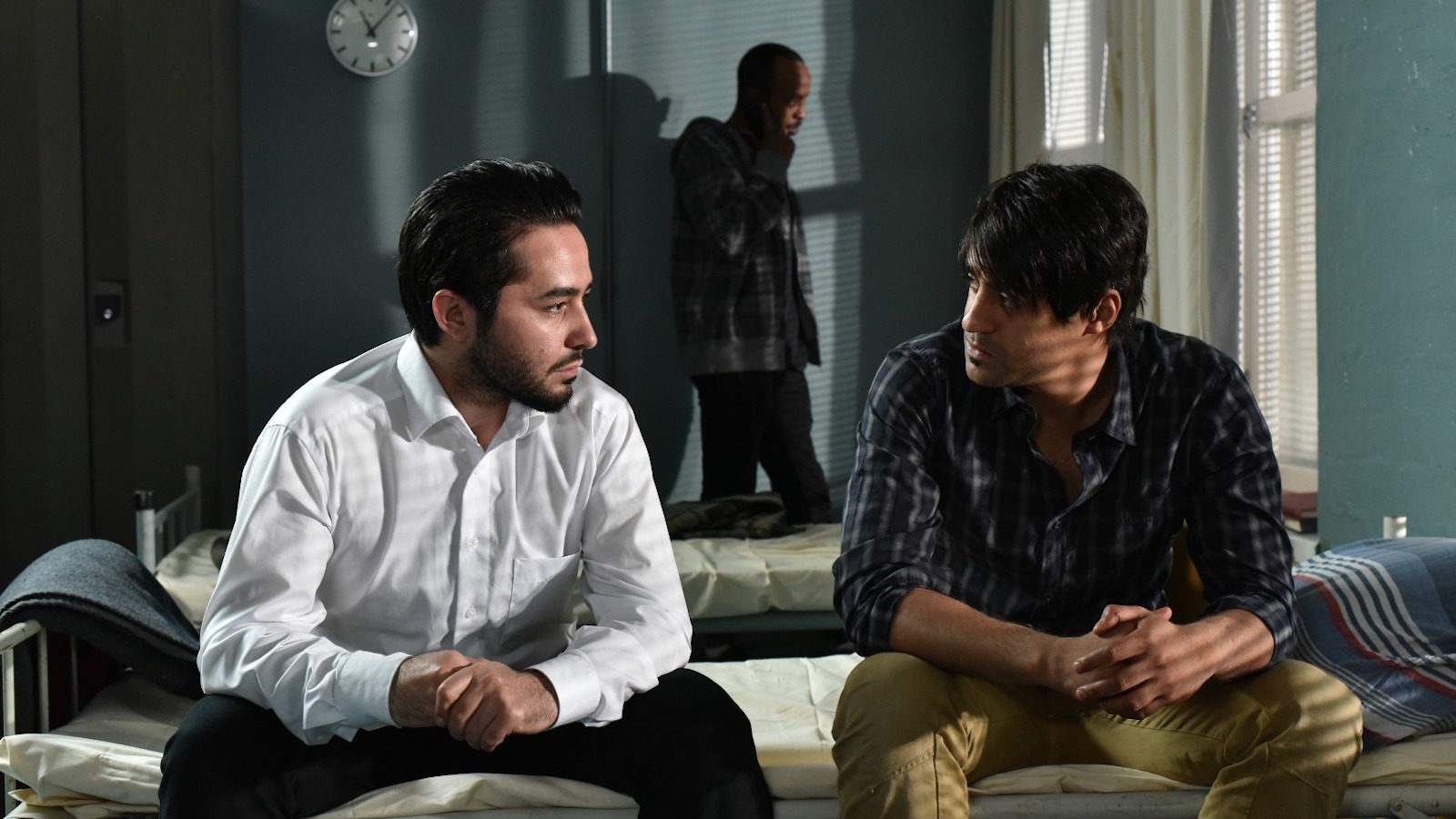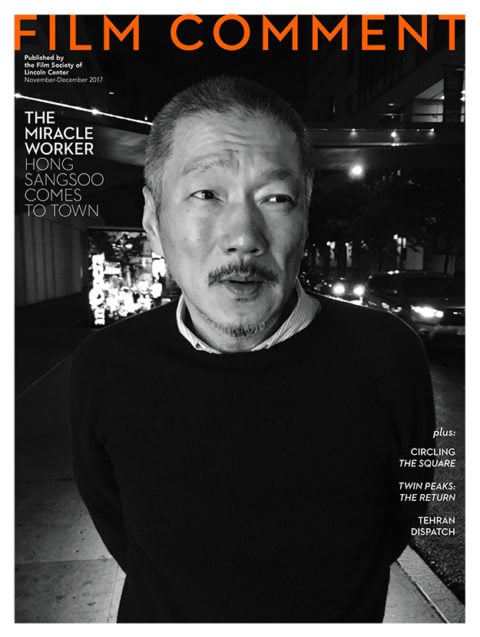By Devika Girish in the November-December 2017 Issue

Short Take: The Other Side of Hope
(Aki Kaurismäki, Finland, Janus Films, Opening December 1)
There is a quaintness to The Other Side of Hope that doesn’t just have to do with the typewriters and retro jukeboxes that furnish its spare mise en scène. Finnish auteur Aki Kaurismäki’s unworldly drollery, unchanged across 20 films since 1983, feels like it’s from another time—until it’s ruptured by the shocking contemporaneity of the global refugee crisis against which the movie is set.

From the November-December 2017 Issue
Also in this issue
Following the template of 2011’s Le Havre, The Other Side of Hope opens with the arrival of Syrian refugee Khaled (Sherwan Haji) on the industrial, blue-gray shores of Helsinki. As Khaled navigates Finnish bureaucracy in a quest for asylum, Kaurismäki expertly mobilizes—and deconstructs—his stoic style within the context of immigrant politics. When a friend at the Reception Centre advises Khaled to appear neither too unhappy nor too cheerful, Haji’s deadpan delivery acquires a sinister social subtext.
Refused sanctuary by willfully ignorant authorities, Khaled recedes into the streets of Helsinki, where he encounters the stern yet generous friendship of midlife-crisis-ridden Waldemar Wikström (Sakari Kuosmanen), a traveling salesman trying his hand at the restaurant business. Hilarious hijinks ensue (deploying, in classic Kaurismäki style, dogs, stinging one-liners, and rockabilly tunes), but the director’s political critique is manifest in every frame. An uproarious setpiece involving the half-baked makeover of Wikström’s restaurant into a sushi joint doubles as a send-up of Europe’s willingness to fetishistically consume, but not embody, multiculturalism.



